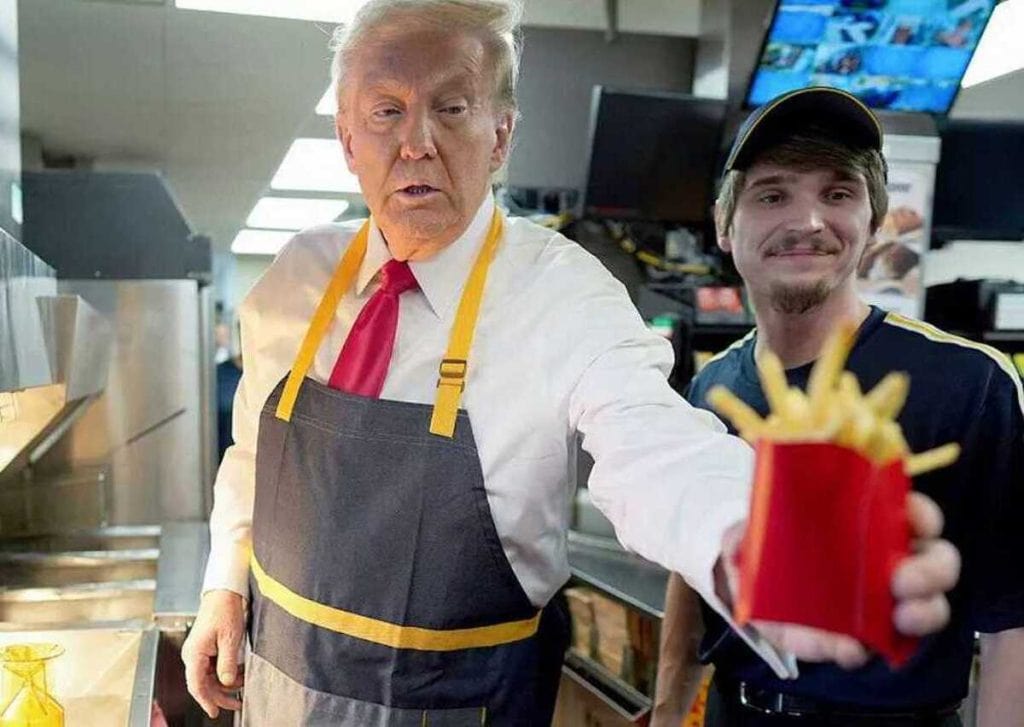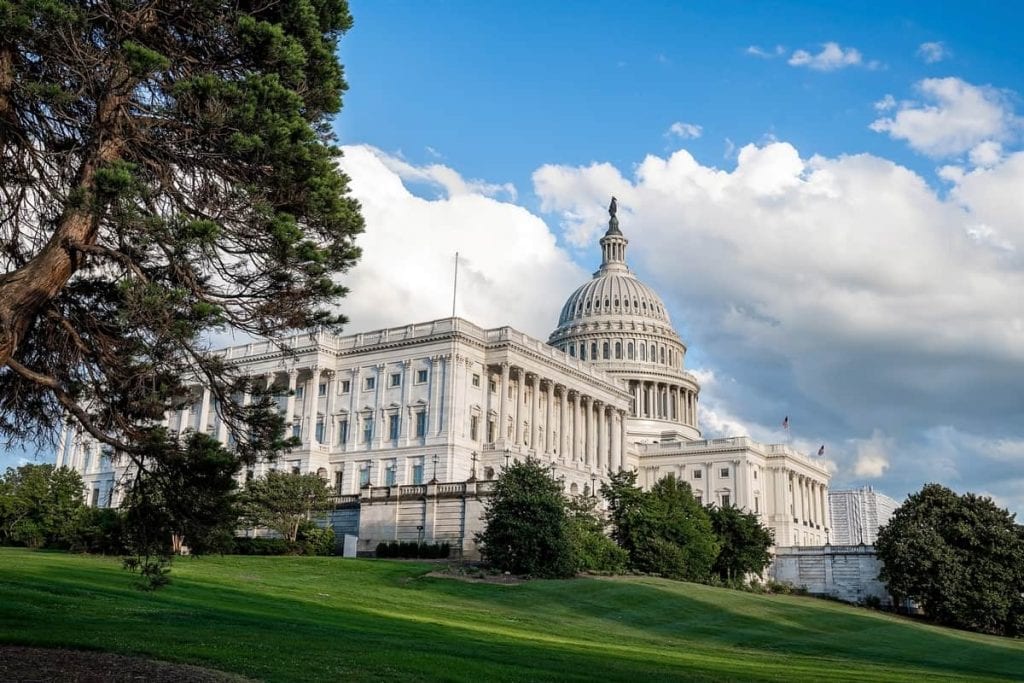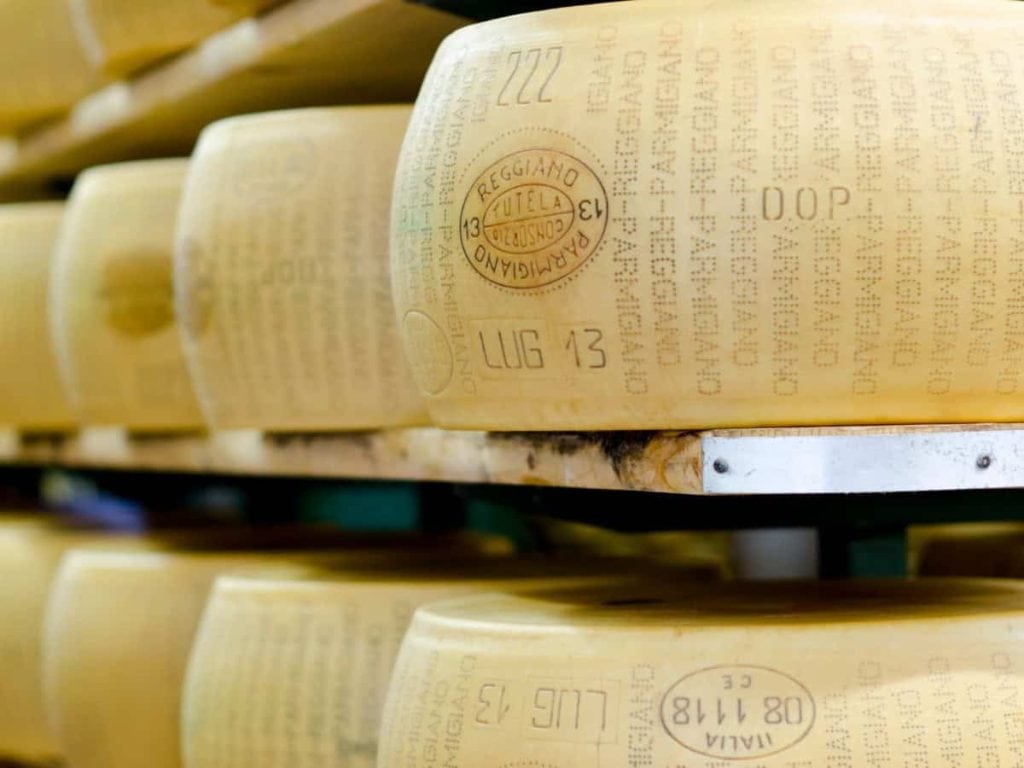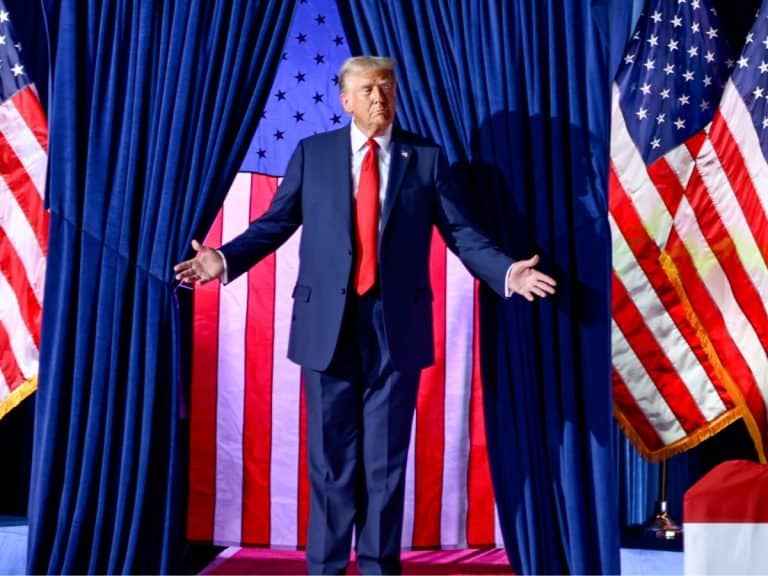On the longest day for the United States—the day the 47th president is elected—Italy wonders what could change for Italian agribusiness across the ocean after Donald Trump’s overwhelming victory. It should be noted right away that it’s already a challenging time for exports to the U.S. market, especially for wine exports, although this is a separate issue tied more to changing consumption patterns than to politics.

Trump’s announced tariffs on all EU products
What does concern politics, however, is the imposition of tariffs that marked Trump’s first four years in the White House and that could return, potentially in new forms. “Europe will have to pay a much higher price,” said the newly elected Republican president during one of his final rallies in Pennsylvania, where he announced the so-called "Trump reciprocal trade act" aimed at imposing tariffs of at least 10% on all products imported into the United States. According to the former U.S. president, European allies are at significant fault: “They don’t buy our cars. They don’t take our agricultural products. They sell millions and millions of cars in the United States.” This has led to the idea of applying new entry tariffs, which could add to those suspended by Biden in 2021 but continue to hang like a sword of Damocles over European agribusiness.

United Stes - White House - photo wirestock on Freepik
The cost of additional tariffs to Europe in 2019
Producers and exporters still remember those years (2019-2021) as ones of endless lists, blacklists, and consultations with the U.S. Trade Representative (USTR). Numerous European products were targeted, with Italy seeing items like cheese (from Parmigiano Reggiano to Grana Padano), cured meats, and liqueurs under scrutiny. Wine, which was repeatedly included in the blacklist, managed to escape the tariffs, unlike that of French, German, and Spanish competitors. But where did these tariffs come from, and how much did they cost Europe? In 2019, additional tariffs of 25% on European agricultural products came into effect as part of the dispute between Boeing and Airbus, the latter a European aerospace consortium formed by France, Germany, Spain, and the United Kingdom, without Italy. The dispute had been ongoing for much longer—17 years—with both sides, the U.S. and the EU, accusing each other of unfairly supporting their aviation giants, violating WTO competition rules. So, between tariffs and counter-tariffs (Europe also subsequently imposed tariffs on U.S. tobacco, potatoes, and wheat), the impact was considerable for the European continent: €400 million just in 2020, according to data from the EU Commission. For Italy, this translated to a 40% drop in agri-food exports to the U.S.

President Biden’s tariff suspension
The suspension of tariffs, which gave Italian producers a sigh of relief, came in 2021, shortly after President Joe Biden’s election. This five-year “peace” agreement could now be disrupted by a possible return of the tycoon to the U.S. presidency. The real issue, as Italian trade associations have repeatedly pointed out, is that the tariffs were only suspended, and the underlying issue was never definitively resolved. The failure to initiate a permanent resolution during these years of reprieve could now prove to be a fatal mistake for the EU Commission, as the new U.S. president could decide to reinstate them. Whatever the outcome, the issue will need to be re-examined in the coming months. Trump is unlikely to pursue a path of détente, given his declared intent to “punish” Europe. The Old Continent has been forewarned.


 Meloni: "Tariffs? If necessary, there will be consequences. Heavy impact on agri-food sector"
Meloni: "Tariffs? If necessary, there will be consequences. Heavy impact on agri-food sector" The Government honours the greats of Italian cuisine, from Bottura to Pepe. Massari: "Thank you, Meloni, the only one who listened to us"
The Government honours the greats of Italian cuisine, from Bottura to Pepe. Massari: "Thank you, Meloni, the only one who listened to us" "We must promote a cuisine that is not just for the few." Interview with Massimo Bottura
"We must promote a cuisine that is not just for the few." Interview with Massimo Bottura Wine was a drink of the people as early as the Early Bronze Age. A study disproves the ancient elitism of Bacchus’ nectar
Wine was a drink of the people as early as the Early Bronze Age. A study disproves the ancient elitism of Bacchus’ nectar "From 2nd April, US tariffs between 10% and 25% on wine as well." The announcement from the Wine Trade Alliance
"From 2nd April, US tariffs between 10% and 25% on wine as well." The announcement from the Wine Trade Alliance







